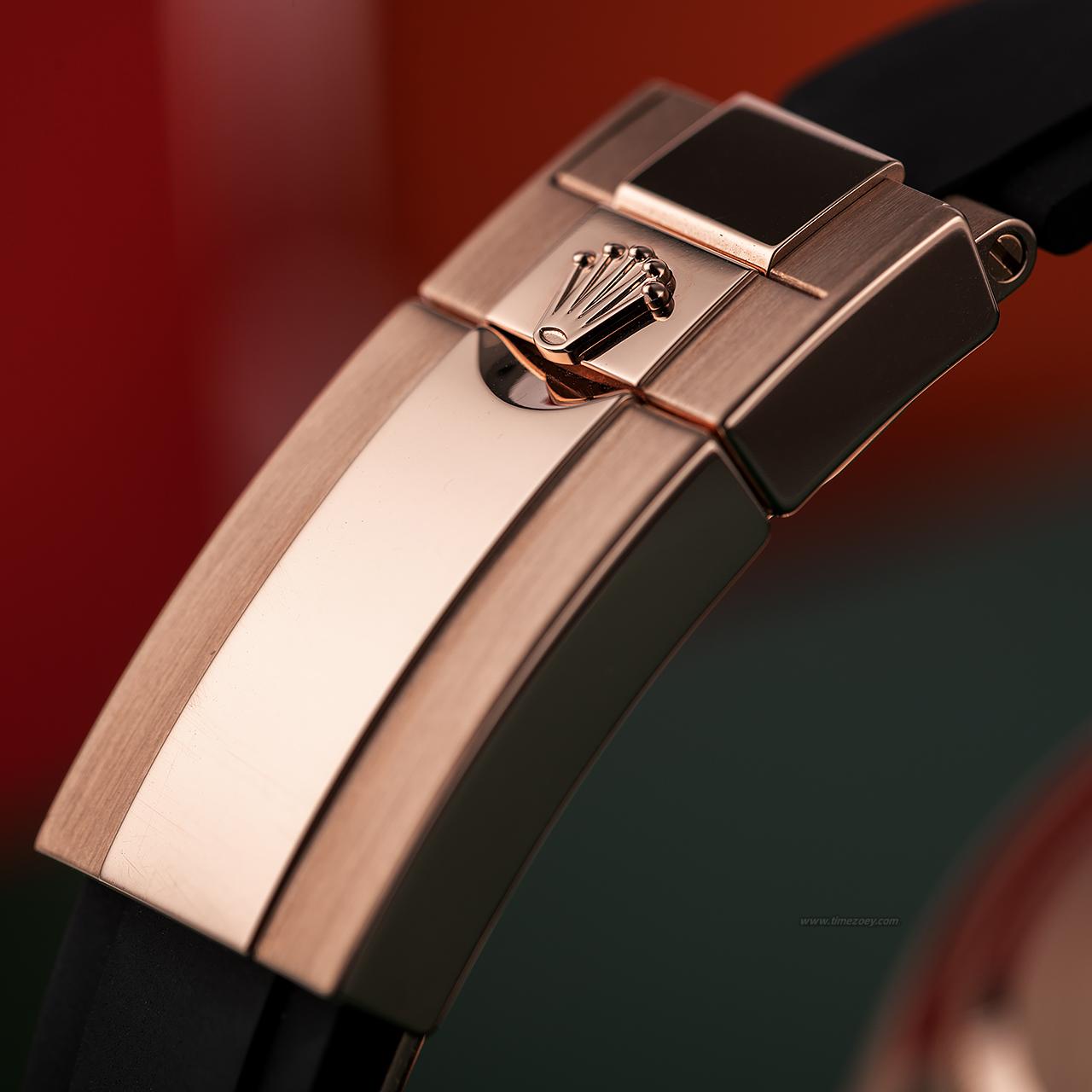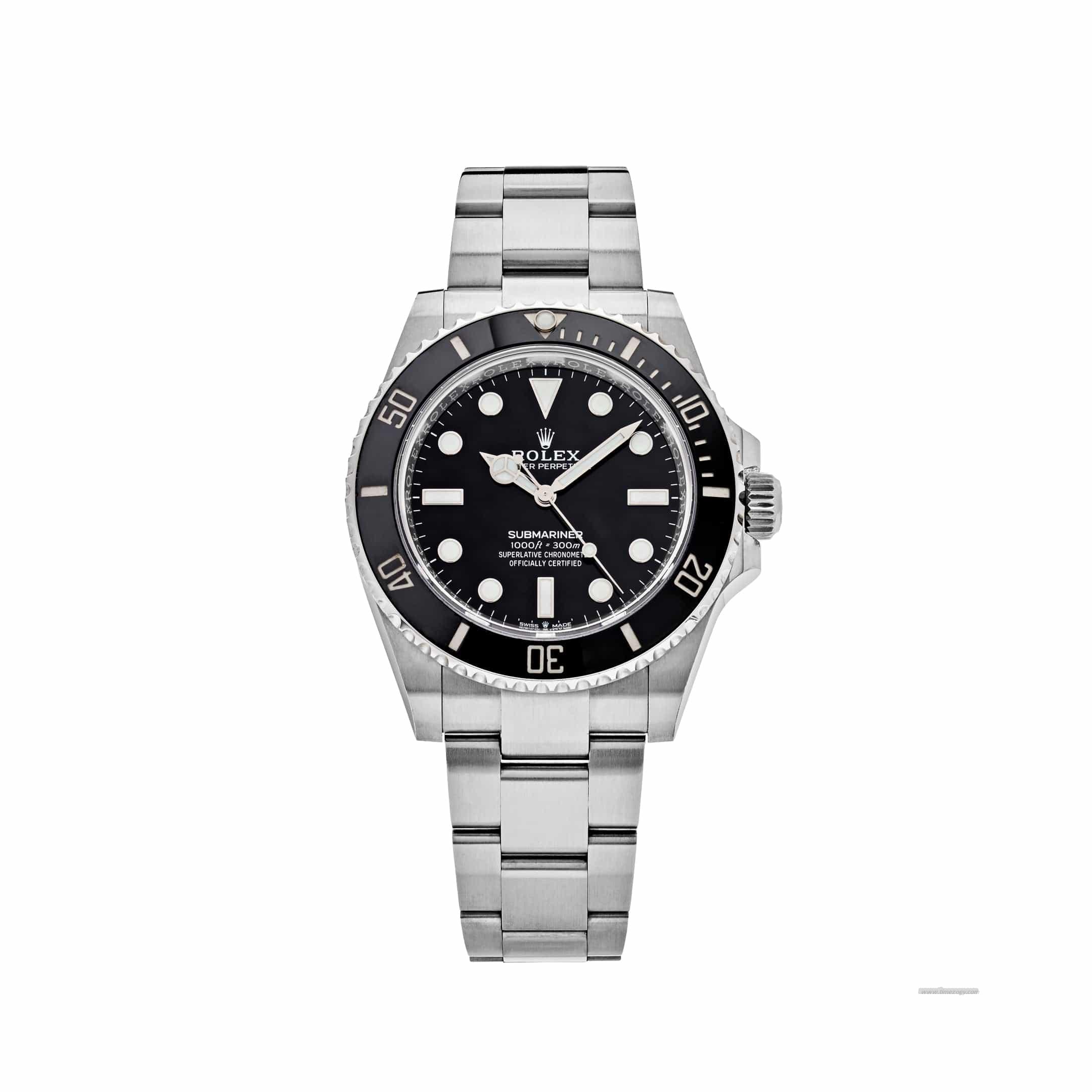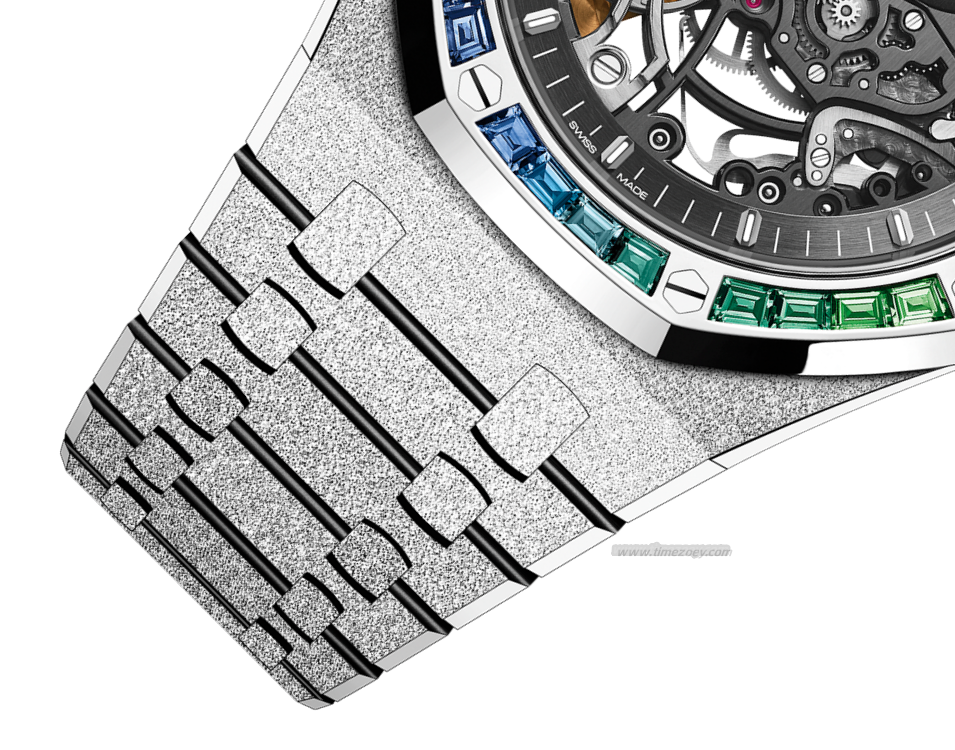Title: Exploring the World of Fishing: Types of Reels and Their Unique Features

Introduction
Fishing is a timeless sport and pastime that has been enjoyed by people around the world for centuries. With the advancements in technology and the ever-growing passion for angling, there is now a wide variety of fishing equipment available to help anglers maximize their success on the water. One of the most crucial components of a fishing setup is the reel, which can make or break your fishing experience. In this article, we will delve into the different types of fishing reels, their unique features, and how they can impact your fishing technique. By understanding the various fishing types of reels, you can choose the best one to suit your needs and preferences.
1. Spinning Reels
Spinning reels are one of the most popular fishing types of reels among anglers due to their versatility and ease of use. These reels are designed to be mounted on the underside of the rod, with the bail spinning around the spool. Here are some key features of spinning reels:
– User-friendly: Spinning reels are ideal for beginners, as they are simple to operate and do not require a lot of practice to master.
– Lightweight: Spinning reels are generally lighter than other types of reels, making them suitable for long days on the water.
– Versatile: They can be used for a wide range of fishing applications, from freshwater to saltwater, and for targeting various species of fish.
2. Casting Reels
Casting reels, also known as baitcasting reels, are another popular choice among anglers. These reels are mounted on the top of the rod and feature a retrieve mechanism that allows for more precise casting and lure control. Here are some key features of casting reels:
– Improved casting accuracy: The design of casting reels allows for better casting control, making them ideal for targeting specific spots or structures.
– Higher line capacity: Casting reels typically have a larger spool, allowing for more line to be stored, which is beneficial when targeting larger fish.
– Stronger drag system: Casting reels usually have a more robust drag system, providing better control when fighting fish.
3. Fly Reels
Fly reels are specialized fishing types of reels designed specifically for fly fishing. They are characterized by their large, open spool, which allows for the quick retrieval of line during a fish fight. Here are some key features of fly reels:
– Large spool: The large spool of a fly reel enables the angler to store a significant amount of line, which is essential for casting long distances and handling the wind.
– Simple design: Fly reels are designed to be straightforward, with minimal moving parts, ensuring a smooth retrieve and reducing the chance of failure.
– Compatibility with fly line: Fly reels are designed to work with fly line, which is thicker and more buoyant than traditional fishing line, allowing for the proper presentation of flies.
4. Spincast Reels
Spincast reels, also known as closed-face reels, are a beginner-friendly option that combines elements of both spinning and casting reels. They are mounted on the top of the rod and feature a button-activated retrieve mechanism. Here are some key features of spincast reels:
– Easy to use: Spincast reels are incredibly user-friendly, making them perfect for children and beginners who are just starting in the sport of fishing.
– Protected line: The spool of a spincast reel is enclosed, which helps protect the line from debris and damage.
– Affordable: Spincast reels are generally more affordable than other fishing types of reels, making them a budget-friendly option for anglers.
5. Trolling Reels
Trolling reels are designed for saltwater fishing and are used primarily for trolling, a technique where the angler drags a lure or bait behind the boat. Here are some key features of trolling reels:
– Large line capacity: Trolling reels are designed to hold a significant amount of line, which is necessary for targeting large, deep-water species.

– Strong drag system: Trolling reels feature a powerful drag system to handle the fight of large fish.
– corrosion-resistant materials: Trolling reels are constructed with corrosion-resistant materials to withstand the harsh saltwater environment.
6. Centerpin Reels
Centerpin reels, also known as float fishing reels, are designed for float fishing, a technique that involves using a float to suspend bait at a specific depth. Here are some key features of centerpin reels:

– Free-spool design: Centerpin reels have a free-spool design, which allows the line to be released without resistance, enabling the bait to drift naturally.
– Smooth retrieve: The retrieve on a centerpin reel is smooth and consistent, ensuring that the angler can maintain control of the float and bait.
– Lightweight: Centerpin reels are generally lightweight, making them comfortable to use for extended periods.
7. Saltwater Reels
Saltwater reels are specifically designed for fishing in saltwater environments, where corrosion and durability are significant concerns. Here are some key features of saltwater reels:
– Corrosion-resistant materials: Saltwater reels are constructed with high-quality, corrosion-resistant materials to withstand the harsh saltwater conditions.
– High line capacity: Saltwater reels typically have a high line capacity to handle the large fish commonly found in saltwater environments.
– Powerful drag system: Saltwater reels feature a robust drag system to handle the fight of powerful saltwater fish.
Conclusion
Understanding the different types of fishing reels and their unique features is essential for any angler looking to maximize their success on the water. Whether you’re a beginner or an experienced angler, choosing the right fishing types of reels can significantly impact your fishing experience. By exploring the various options available, you can find the perfect reel to match your fishing style, target species, and environmental conditions. So, the next time you hit the water, make sure you’re equipped with the right reel to make the most of your fishing adventure.




























